Embarking on crate training with your Corgi can set both you and your furry friend up for success in establishing positive behaviors and routines. In this comprehensive guide tailored specifically for Corgi owners, we’ll walk you through the steps, tips, and tricks to ensure a smooth and successful crate training experience for your beloved Corgi companion.
Part 1: Introduction to Corgi Crate Training
1.1 Definition of Crate Training
Crate training, at its core, is about providing dogs with a safe, personal space. Historically, this method has evolved to cater to the needs of various breeds, ensuring a harmonious living environment. By diving deep into the Crate Training A Step by Step Guide, one can appreciate the nuances of this approach, especially when applied to smart dogs like corgis.
1.2 The Corgi Breed: A Brief Overview
There are two Corgi breeds. The Pembroke Welsh Corgi and The Cardigan Welsh Corgi, are renowned for its unique temperament and herding background. These herding dogs have gained immense popularity, not just for their adorable stature but also for their association with royalty, especially with Queen Elizabeth II. Given their active nature and small stature, crate training becomes an essential tool to manage their energy and ensure their safety.
1.3 Importance of Crate Training for Your Corgi Puppy
For corgis, crate training isn’t just about confinement; it’s about creating a comfortable space where they can retreat and feel safe. Given their background as herding dogs, they have a natural instinct to find a den-like space. A corgi’s crate serves as this den, managing their energy levels and offering a sense of security. It’s a tool that complements their behavioral training, ensuring they have a designated space to relax, sleep, and even play with their toys.
1.4 Benefits of Crate Training
Beyond just a safe place, crate training offers a plethora of advantages. It provides a haven for dogs, aides in potty training, and significantly reduces destructive behavior. When done right, it can also be a valuable tool during travel, ensuring your pet remains calm and secure. The Benefits of Crate Training delve deeper into its significance, especially for breeds like the corgi that have a penchant for exploration.
1.5 Misconceptions about Crate Training
There are common myths surrounding crate training. Some believe it’s cruel or a form of punishment. However, with proper training techniques, consistency, and the right crate size, the crate becomes a positive space for your puppy or adult dog. It’s essential to debunk these Crate Training Misconceptions to ensure a successful training process. After all, for most dogs, especially the corgi, the crate becomes more than just a confinement; it becomes their home within a home.
Part 2: Preparing for Crate Training
2.1 Understanding the Corgi’s Needs
Recognizing the unique requirements of Corgis is crucial. Due to their herding background and active nature, corgis have specific needs. Their small stature and energy levels make crate training essential.
2.2 Choosing the Right Crate
Various crate types cater to different needs. From wire crates to plastic and fabric crates, each has its advantages. When selecting, consider the Choosing the Right Crate guidelines. Ventilation, visibility, and comfort are paramount. Given the corgi’s weight—males weighing 25–30 pounds and females 23–28 pounds—the right crate size is vital. It should allow them to stand, turn, and lie down comfortably. For growing corgi puppies, crate dividers adjust the space as they grow.
2.3 Setting Up the Crate
Arranging the crate for a corgi requires thought. Following the Setting Up the Crate instructions can be beneficial. The crate’s location should be in a quiet corner but still within the family’s view. Bedding should be comfortable, washable, and chew-resistant. Familiar toys and a water bowl make the crate more inviting.
2.4 Creating a Positive Association
Fostering a positive relationship with the crate is essential. Using rewards, treats, and gradual introduction, as suggested by Positive Association with Crate, can be effective. Treats, praise, and short, positive sessions help in creating this association. It’s vital to ensure the corgi views the crate as a safe place and not a punishment.
2.5 Introducing the Corgi to the Crate
Introducing the corgi to the crate should be a stress-free experience. Meal times offer a perfect opportunity for this. Observing the corgi’s reactions and showing patience ensures a smooth introduction.
2.6 Monitoring and Adjusting
Regularly checking the crate for damages or hazards is crucial. Adjustments based on the corgi’s growth, behavior, and preferences ensure comfort. Recognizing signs of discomfort or reluctance and addressing them promptly is essential.
Part 3: Corgi Characteristics, Trainability, and Implementing the Training Process
3.1 Corgi Characteristics and Trainability
Corgis, especially the Pembroke Welsh Corgi, are not just adorable; they’re also intelligent and eager learners. Their distinct temperament, characterized by alertness and curiosity, sets them apart from many other breeds.
With a strong herding dog background, they have an innate drive to gather, making them active and sometimes mischievous. This herding instinct means they’re quick to pick up on cues and commands, but it also means they can be a bit stubborn. Understanding these traits is essential for effective puppy training.
3.2 Step-by-Step Training Process
Training a corgi is a journey that requires a well-thought-out plan. Begin with short, positive sessions, gradually increasing the duration to a few hours. Emphasizing patience, consistency, and positive reinforcement is crucial. Using treats, toys, and praise effectively reinforces positive behavior. It’s essential to remember that corgis, being smart dogs, can get bored with repetition. Hence, varying the training activities can keep them engaged and responsive.
3.3 Dealing with Whining and Barking
It’s not uncommon for corgis to express themselves through whining or barking, especially when confined or seeking attention. Addressing these behaviors promptly ensures a peaceful environment. Techniques such as diverting their attention, offering chew toys, or ensuring they’ve had enough exercise can reduce anxiety-induced behaviors. Consistent responses to these behaviors, without inadvertently rewarding them, can help in curbing excessive noise.
3.4 Consistency and Patience in Training
Consistency in routines is the backbone of any training process. Corgis, with their sharp minds, quickly pick up on inconsistencies, which can confuse them. Regular routines, combined with patience, ensure successful outcomes. It’s also worth noting that while corgis are quick learners, they can sometimes display a stubborn streak. In such cases, a calm and consistent approach, without resorting to negative reinforcement, is the key.
3.5 Socialization and Its Role in Training
Socialization is a critical aspect of a corgi puppy’s overall development. Exposing them to various environments, people, animals, and sounds can make them more adaptable and less anxious in unfamiliar situations. Socialized corgis are generally more approachable, less aggressive, and better companions. Regular playdates, visits to dog parks, or simply taking them on varied routes during walks can aid in their socialization.
3.6 Addressing Common Training Challenges
Training isn’t always smooth sailing. Challenges such as reluctance to follow commands, getting easily distracted, inability to potty train, or showing signs of anxiety are common. Recognizing these challenges early and addressing them with understanding and adaptability ensures a more fruitful training experience. For instance, if a corgi is reluctant to follow a command, revisiting the basics or using a favorite treat as a lure can help.
Part 4: Ensuring the Well-being of Your Corgi During Training
4.1 Physical Health and Nutrition
Training a Pembroke Welsh Corgi demands attention to their diet. A balanced diet ensures they have the energy and vitality for training. Given their herding dog background, they’re active and require specific nutrients. While treats are an effective training tool, it’s essential to choose healthy options and monitor quantities to avoid overfeeding.
4.2 Mental Stimulation and Enrichment
Corgis, being smart dogs, thrive on mental challenges. Complementing physical training with brain games and puzzles keeps them engaged. It’s vital to strike a balance between training sessions and relaxation to prevent overstimulation.
4.3 Exercise and Playtime
Matching exercise routines to a corgi’s energy levels ensures they remain fit without being overworked. Regular playtime not only strengthens the bond but also ensures a happy, well-adjusted corgi. With their small stature, they enjoy play activities tailored for their size, ensuring safety and enjoyment.
4.4 Monitoring Stress and Anxiety
Corgis can sometimes display signs of stress, like excessive barking or whining. Recognizing these signs early and implementing techniques like calming music or massages can alleviate stress. Regular breaks during training sessions ensure they don’t feel overwhelmed.
4.5 Regular Vet Check-ups
Ensuring the corgi’s health during training is paramount. Regular vet visits monitor their well-being, ensuring they’re fit for training. Any health concerns should be addressed promptly to ensure a smooth training process.
4.6 Social Interactions and Building Confidence
Socializing corgis with other animals and people is essential. Positive interactions build their confidence, making them more adaptable in various environments. Addressing signs of aggression or fear ensures they remain sociable and approachable.
Part 5: Final Thoughts
Training a corgi, with its unique characteristics and vibrant energy, is a journey filled with challenges and rewards. From understanding their specific needs to employing advanced techniques, each step plays a pivotal role in shaping a well-behaved, happy, and healthy pet. As with all endeavors, patience, consistency, and understanding are key.
Celebrate the milestones, learn from the setbacks, and cherish the bond that strengthens with each training session. Remember, it’s not just about teaching commands but nurturing a relationship built on trust, respect, and mutual affection. With the right approach, your corgi pup will not only be a well-trained companion but also a lifelong friend.
Frequently Asked Questions
1. Is crate training beneficial for corgis?
Absolutely! Crate training offers corgis a secure bed, and personal space, aids in housebreaking, and ensures their safety during travels or events.
2. How long should I keep my corgi in the crate daily?
Corgis, especially puppies, shouldn’t be crated for extended periods. Ideally, adult dogs should not exceed 4-6 hours, while puppies should have shorter durations with regular breaks.
3. What size crate is suitable for a corgi?
Choose a crate that allows room for your corgi to stand, turn around, and lie down comfortably. As corgis are medium-sized dogs, typically a 30-inch crate works well.
4. My corgi seems to dislike the crate. What should I do?
Patience is key. Introduce the crate gradually using positive reinforcement, treats, and toys. Ensure it’s comfortable and placed in a familiar location.
5. Can I crate train an older corgi?
Yes, while it’s often easier with puppies, older corgis can also be crate trained with patience and consistent techniques.
6. How can I make the crate more comfortable for my corgi?
Add soft bedding, familiar toys, and ensure it’s well-ventilated. Some corgis also appreciate a cover to make it feel more den-like.
7. Is it okay to use the crate as a punishment?
No. The crate should be a positive, safe space for your corgi. Using it as punishment can create fear and aversion.
8. Can my corgi eat and drink inside the crate?
Yes, but monitor the amount and ensure it doesn’t lead to accidents. It’s best to remove food and water before longer crating periods.
Interesting Reads:
A Guide to Crate Training Belgian Malinois

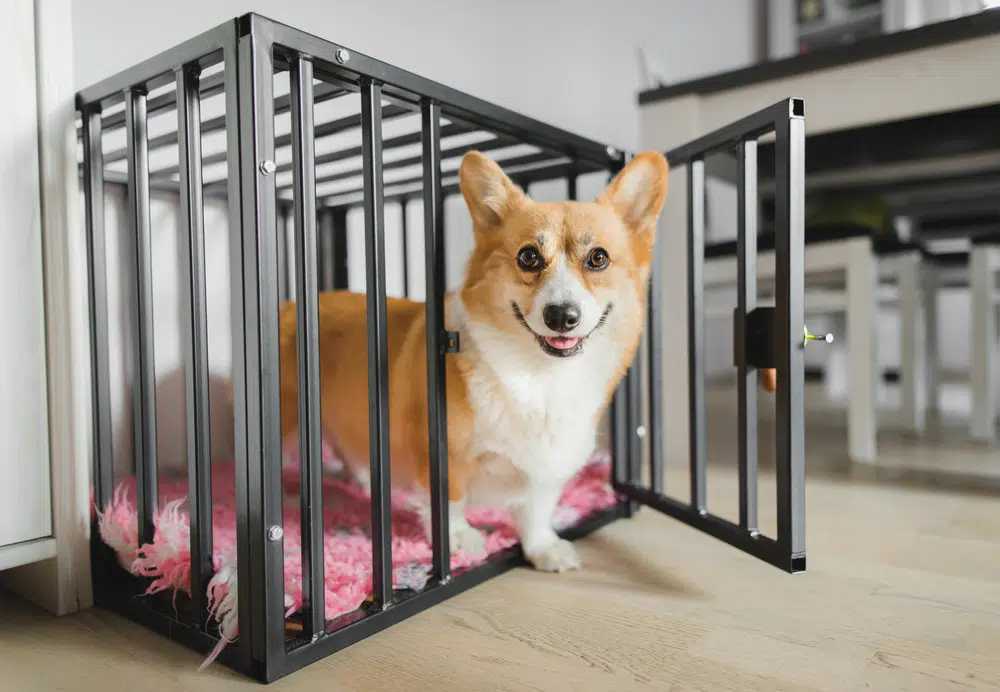
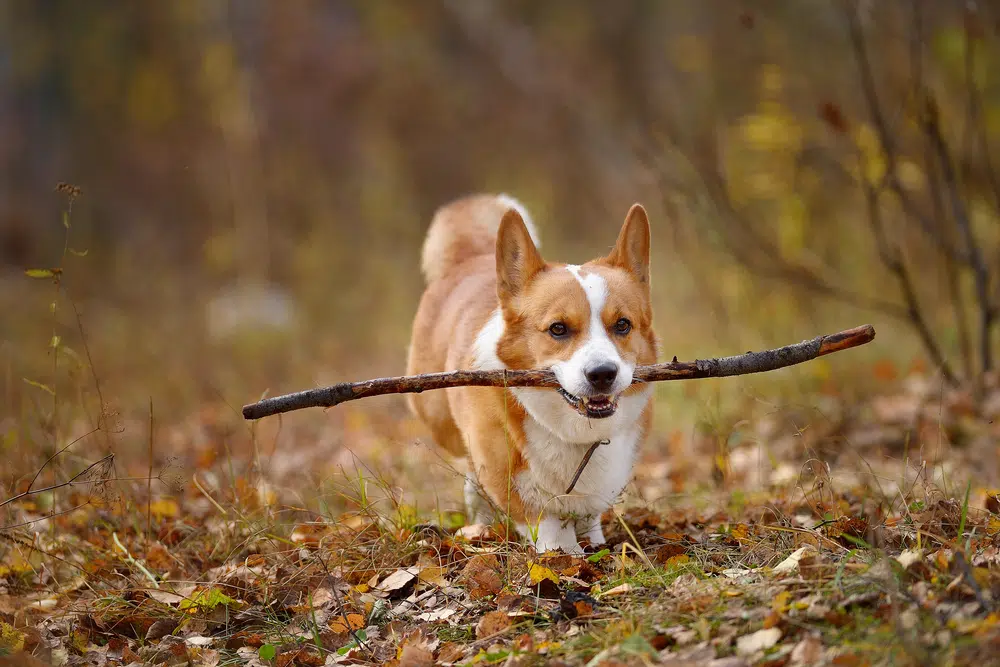


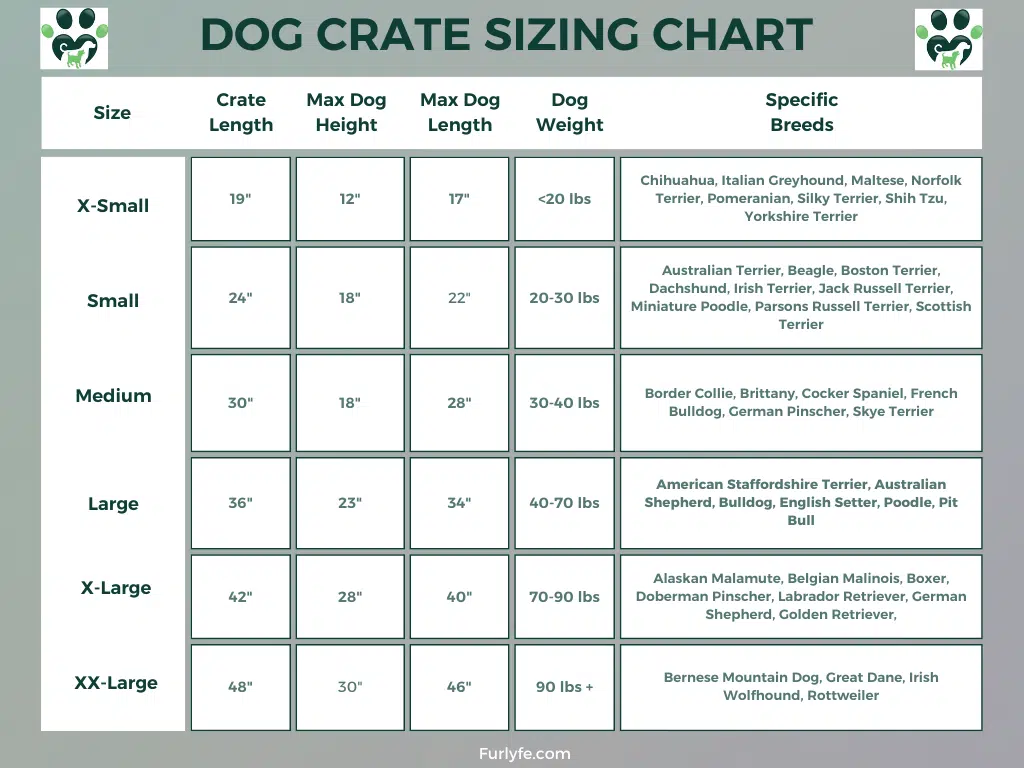

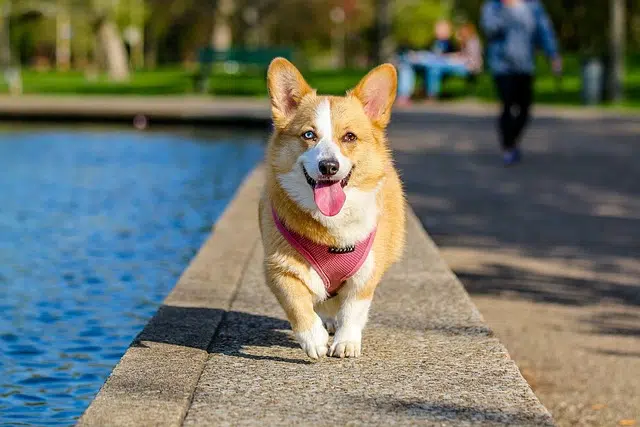




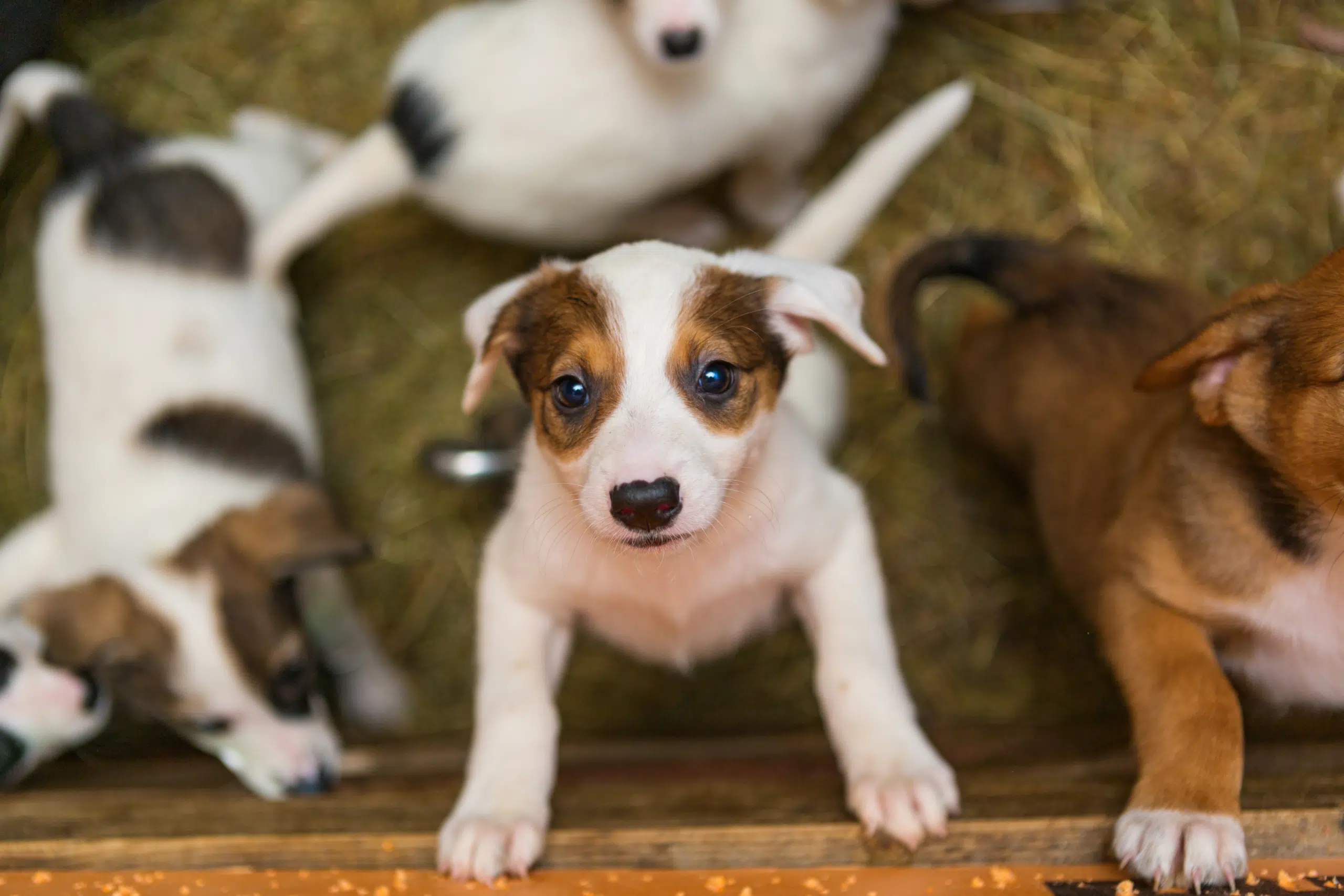

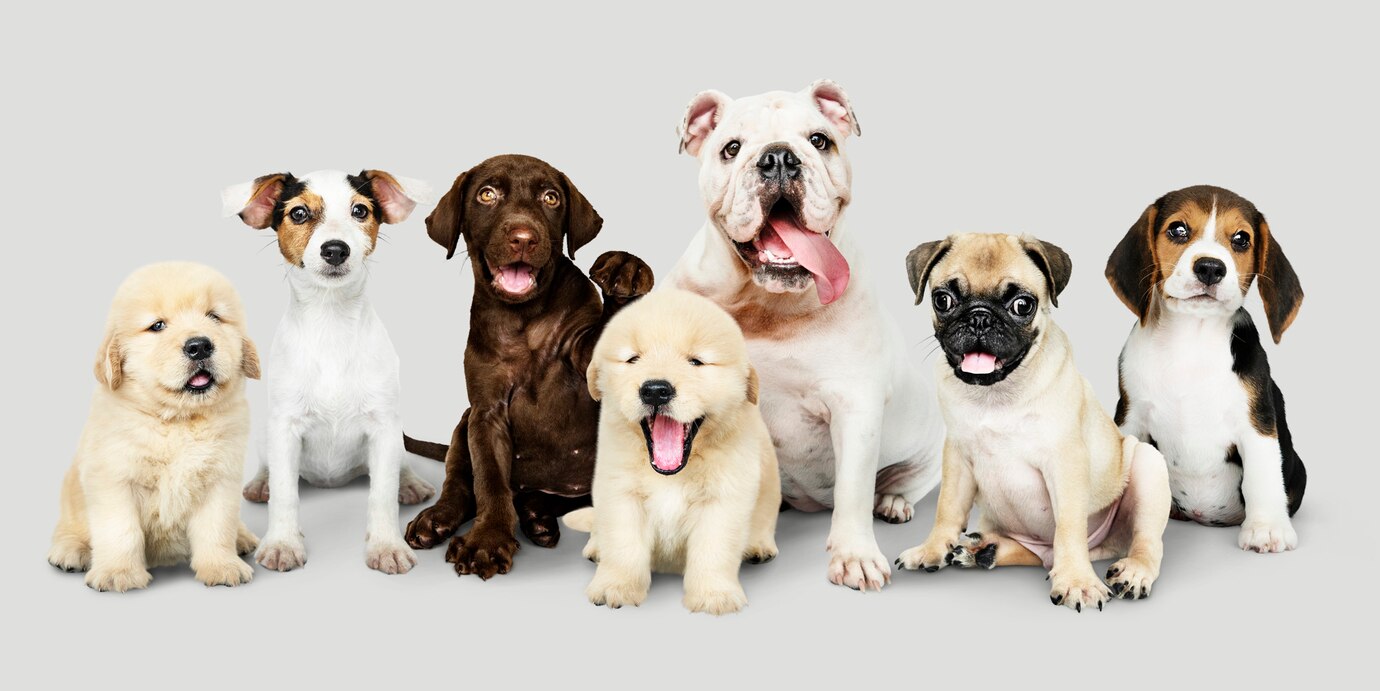
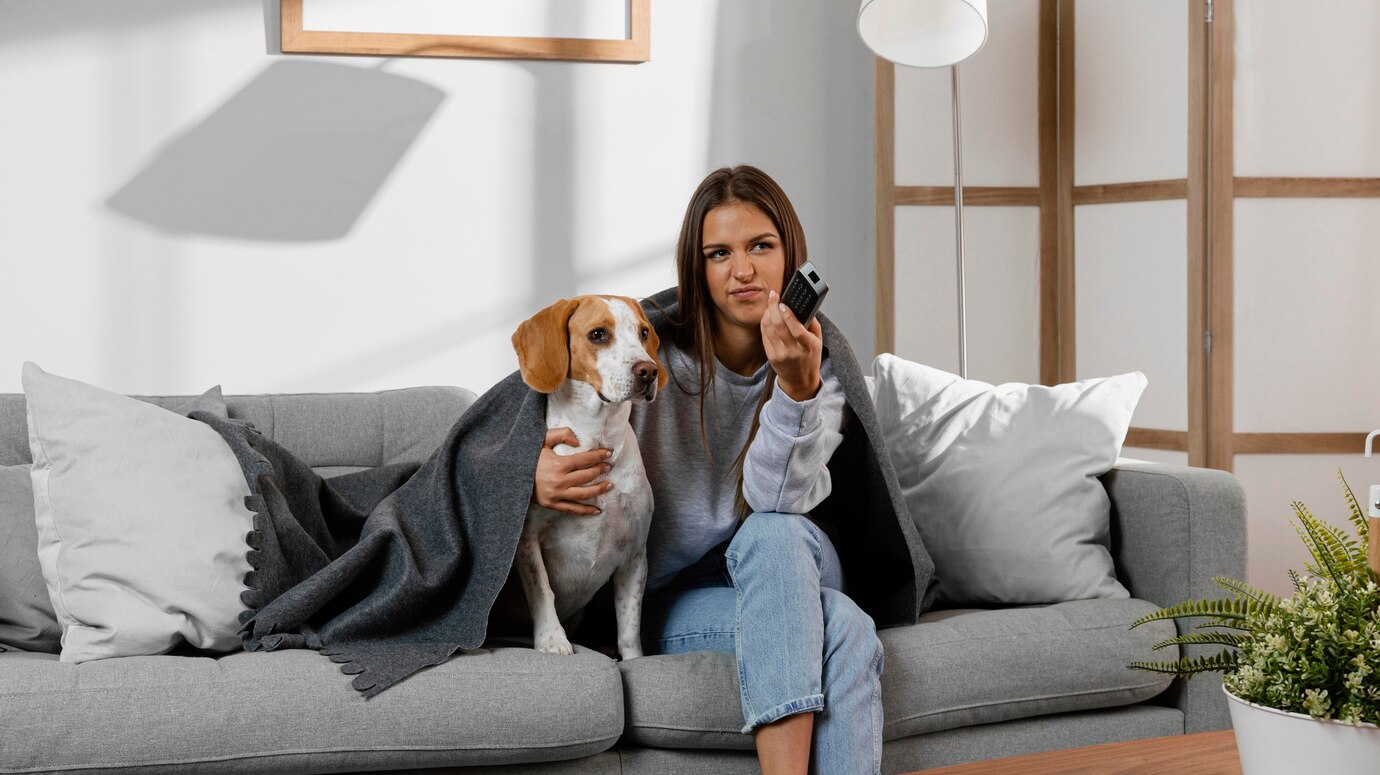

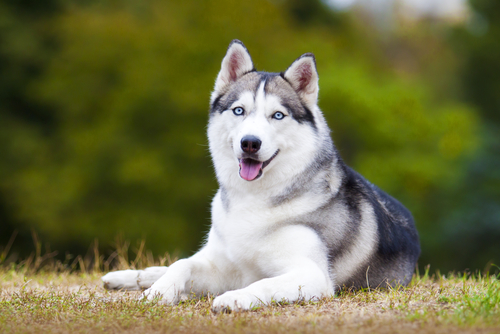

Get involved!
Comments